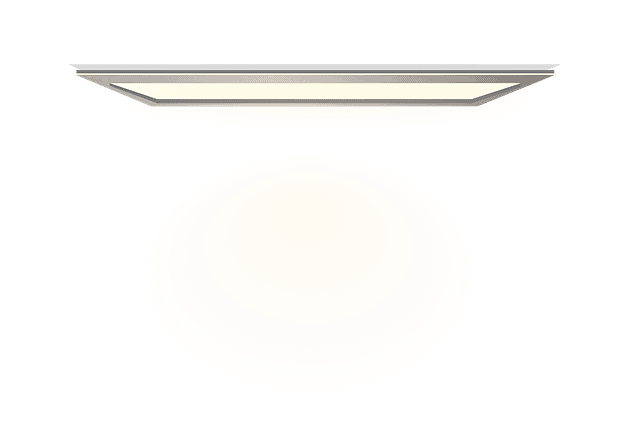Do I Need To Sand Fiberglass Boat Before Painting?
If you’re a boat owner looking to refresh the appearance of your fiberglass boat with a new coat of paint, you might wonder if sanding is necessary before applying the paint. Sanding fiberglass boats before painting is a common practice, but is it really essential?
The answer is yes, sanding is necessary before painting a fiberglass boat. Sanding serves several crucial purposes that ensure a successful and long-lasting paint job. By sanding the fiberglass surface, you create a smooth, clean, and porous surface that allows the paint to adhere properly, resulting in a more durable finish.
Additionally, sanding helps to remove any imperfections, old paint, oxidation, and other contaminants that may be present on the boat’s surface, ensuring the new paint adheres uniformly and evenly.
Why is Sanding Important?
1. Surface Preparation
Sanding is an essential part of surface preparation before painting. It removes the glossy gel coat and creates a rough texture, enabling the paint to grip the surface effectively.
Without proper adhesion, the paint may peel, bubble, or flake off prematurely, leading to an unsatisfactory result.
2. Smooth Finish
Sanding also helps to level out any bumps, scratches, or uneven areas on the fiberglass surface. By creating a smooth and uniform surface, the paint application will result in an aesthetically pleasing finish.
3. Old Paint Removal
If your boat already has an existing paint job, sanding is necessary to remove the old paint before applying a new coat. This ensures better paint adhesion and avoids potential compatibility issues between the new and old paint layers.
4. Contaminant Removal
Fiberglass boats are exposed to various environmental elements, which can cause oxidation, mold, mildew, and other contaminants to build up on the surface. Sanding helps eliminate these impurities, providing a clean canvas for the new paint.
5. Ensuring Durability
A properly sanded surface ensures that the paint will last longer and withstand the harsh marine environment, including exposure to water, UV rays, and salt.
Related: Painting Aluminium Boats
How to Sand a Fiberglass Boat Before Painting?
1. Gather the Right Tools and Materials
Before starting the sanding process, gather the necessary tools and materials, including sandpaper (various grits), sanding blocks, orbital sander (if available), safety goggles, dust mask, solvent or wax remover, and clean rags.
2. Choose the Right Grit
Select the appropriate sandpaper grit for the job. Start with a coarser grit (around 80 to 120) to remove the top layer and any imperfections, and gradually move to finer grits (around 220 to 400) to create a smooth surface.
3. Wet or Dry Sanding
You can choose between wet sanding and dry sanding. Wet sanding helps reduce dust and keeps the sandpaper clean, but it requires a constant water source. Dry sanding is more convenient but generates more dust, necessitating proper ventilation and protective gear.
4. Sand in Circular Motions
Begin sanding the fiberglass surface using circular motions, applying even pressure. Sand until the glossy gel coat is removed, and the surface feels uniformly rough.
5. Clean the Surface
After sanding, clean the surface thoroughly using a solvent or wax remover to remove any residual dust, grease, or contaminants.
6. Primer Application
Before painting, apply an appropriate primer designed for fiberglass surfaces. The primer further enhances paint adhesion and improves the overall durability of the paint job.
FAQs and Considerations
1. Can I Paint Without Sanding?
While it is possible to paint a fiberglass boat without sanding, it is not recommended.
Skipping the sanding step may lead to paint adhesion issues and an uneven finish, reducing the longevity of the paint job.
2. Can I Hire a Professional to Do the Sanding?
If you are unsure about the sanding process or lack the necessary tools, it’s best to hire a professional boat painter or boatyard to handle the sanding and painting.
Professionals have the expertise and equipment to ensure a smooth and high-quality finish.
Conclusion
In conclusion, sanding is a crucial step that should not be overlooked when painting a fiberglass boat. Properly sanding the surface ensures better paint adhesion, a smoother finish, and enhanced durability, making your boat look great and protecting it from the harsh marine environment.
While sanding can be time-consuming, the results are well worth the effort, providing a long-lasting and aesthetically pleasing paint job that will make your boat stand out on the water.
Remember that proper safety precautions should be taken during the sanding process to protect yourself from dust and fumes. Always wear safety goggles, a dust mask, and work in a well-ventilated area.




